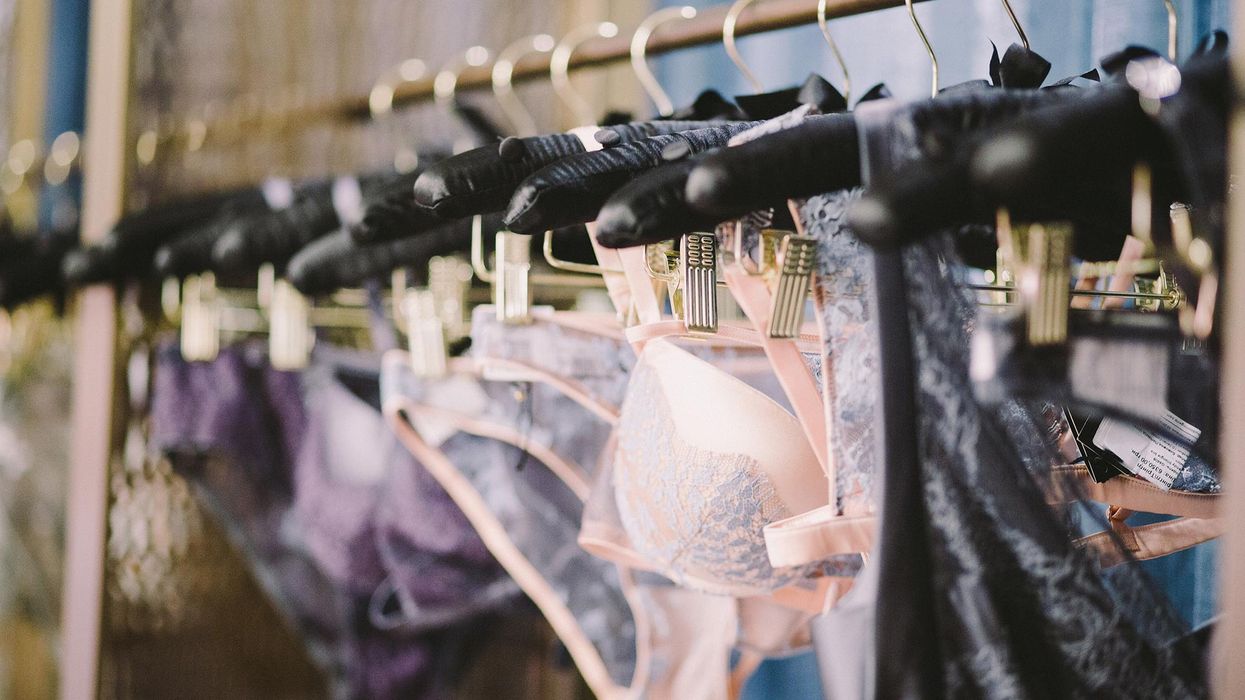(CNN) — A new report about tariffs on underwear finds that when it comes to tax rates, women are getting shorts-changed.
The average US tariff rate on women's undergarments is 15.5 percent, compared to just 11.5 percent for men's. That means women are being charged a tax that's 35 percent higher than what their male counterparts pay, according to Ed Gresser, a former US trade official and current director for Trade and Global Markets at the Progressive Policy Institute.
"Worst Valentine's Day surprise ever," wrote Gresser in his report, as he estimated that the current US tariff system adds about $1.10 to each pair of women's underwear and about $0.75 to men's.
"America is unique in taxing women's underwear more heavily than men's," Gresser wrote, although the US tariff rates as a whole fall roughly in line with international counterparts.
Most international tariff systems have flat rates applying to all underwear, regardless of gender. In Australia, that rate is 5 percent; it's 10 percent in New Zealand; 18 percent in Canada; 20 percent in Colombia and Jamaica; 25 percent in India, 30 percent in Thailand, and 45 percent in South Africa.
In Japan and the European Union, women are actually taxed at a lower rate. There's no additional tax in Japan, while the EU levies a tariff of 6.5 percent on bras and corsets in Europe compared with flat rates of 9 percent and 12 percent for the rest.
A lacy dilemma
Shopping for lingerie in the United States presents the rare case when the best deal isn't the no-frills one. Literally.
Tariffs on US underwear are regressive, meaning that cheap materials tend to be taxed more than fancy, expensive fabrics. That likely comes from US manufacturers feeling more threatened by overseas competitors making cheap undies for the masses, as opposed to luxury goods.
Silk underwear is taxed at just 2.1 percent for women and 0.9 percent for men. But cotton underthings see an increase of 7.6 percent for women and 7.4 percent for men, while synthetic polyester sees the heaviest tax rate at 16 percent for women and 14.9 percent for men.
The bottom line
When people discuss the "pink tax," they're usually talking about markups on products like razors and shampoos targeted to women, not an actual tax. This is a more literal example of systematic gender disparity.
The tariff problem extends beyond underwear. A study from the US International Trade Commission found that across all apparel products, two-thirds of the total tariff burden comes from women's apparel products.
The-CNN-Wire
™ & © 2023 Cable News Network, Inc., a Warner Bros. Discovery Company. All rights reserved.

















































